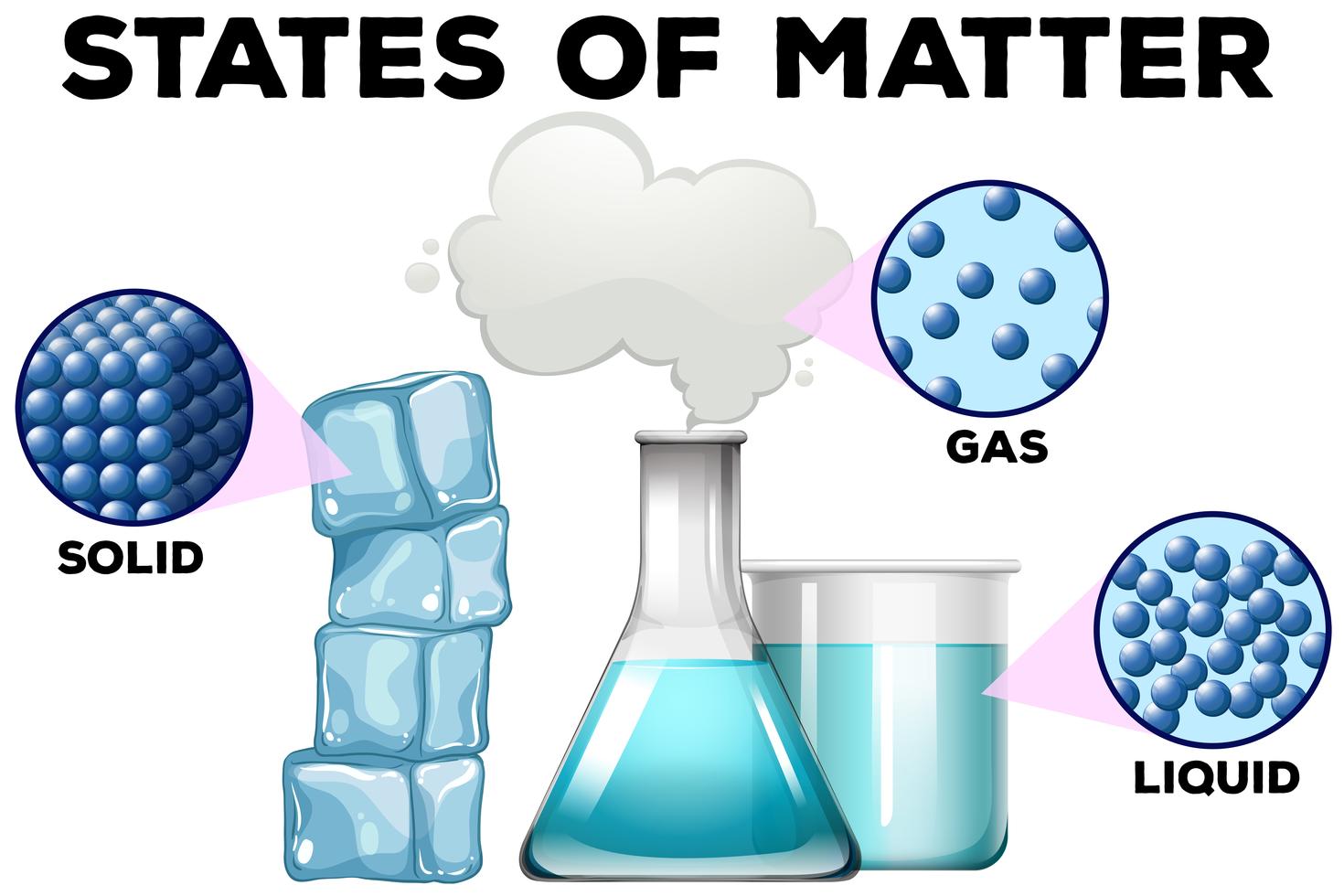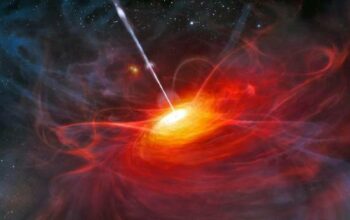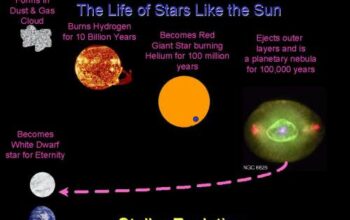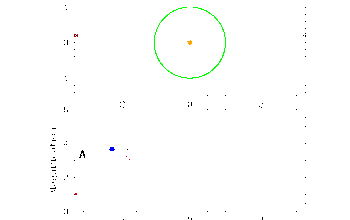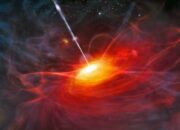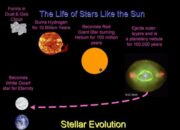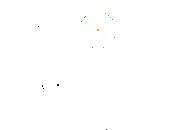The phenomenon of matter-antimatter asymmetry represents one of the most profound enigmas in contemporary physics. The universe, as observed, consists predominantly of matter, with scant traces of antimatter. This disparity raises significant questions regarding the origin of our cosmos and the fundamental processes that govern it. While theoretical predictions and experimental outcomes offer tantalizing insights, the matter-antimatter divide remains elusive, demanding comprehensive examination and dialogue.
At the core of understanding the matter-antimatter divide is the fundamental nature of these two entities. Matter is defined as substances that possess mass and occupy space, typically exhibiting properties such as inertia and energy. Conversely, antimatter comprises particles that are counterparts of matter particles, possessing equivalent mass but opposite charge. For instance, the positron is the antimatter equivalent of the electron, featuring a positive charge instead of the electron’s negative configuration. When matter and antimatter encounter one another, they annihilate, releasing energy in compliance with Einstein’s mass-energy equivalence principle, E=mc². This annihilation event engenders photons, which are fundamental particles of light, thereby contributing to cosmic background radiation.
The Big Bang theory proffers a framework to explore the genesis of matter and antimatter. According to this model, the universe initiated from an exceedingly hot, dense state and has been expanding ever since. It posits that matter and antimatter should have been produced in equal quantities during the initial moments of the universe. However, the observable universe presents a stark contradiction: an overwhelming abundance of matter exists, while antimatter is conspicuously scarce. This discrepancy prompts inquiries into the mechanisms responsible for the preferential production of matter, a phenomenon known as baryogenesis.
Baryogenesis theories propose various scenarios in which conditions could favor the generation of matter over antimatter. One such hypothesis is the application of Sakharov’s conditions, which delineate necessary criteria for baryon asymmetry. These conditions assert the need for baryon number violation, C (charge conjugation) violation, and CP (charge-parity) violation. Baryon number violation implies processes whereby baryons and antibaryons are unconventionally created or destroyed, while C and CP violations account for the differences in behavior between matter and antimatter when subjected to the weak nuclear force. The violation of CP symmetry, evidenced in certain kaon and B-meson decays, provides a pertinent glimpse into the potential mechanisms at play. However, the degree of CP violation observed falls short of the substantial asymmetry observed in the universe.
In light of these inadequacies, physicists have turned towards high-energy particle colliders, such as the Large Hadron Collider (LHC), to investigate the fundamental properties of particles and their interactions more intimately. Investigative efforts have steadily focused on elusive particles like the Higgs boson, whose discovery in 2012 validated the Higgs mechanism, integral to the Standard Model of particle physics. Yet questions remain about the role of the Higgs field in baryogenesis. Some extensions of the Standard Model, such as supersymmetry and grand unified theories (GUTs), seek to elucidate the relationship between fundamental forces and matter creation, yet clear experimental evidence remains scant.
Another avenue of exploration lies within the realm of cosmology. The concept of inflationary cosmology, which posits a rapid expansion of the universe shortly after the Big Bang, has been integral to understanding the universe’s early moments. Aspects of inflation might also play a critical role in the baryon-antibaryon segregation. While rapid inflation could have amplified quantum fluctuations, contributing to the uneven distribution of matter and antimatter, definitive frameworks to elucidate how that process unfolded are still under rigorous investigation.
Moreover, astrophysical observations lend additional layers of complexity to the matter-antimatter puzzle. Cosmic rays and high-energy phenomena detected from distant astrophysical sources occasionally suggest mechanisms behind antimatter production, hinting at potential localized antimatter reservoirs. Despite extensive searches, no substantial evidence for large-scale concentrations of antimatter within the universe has emerged. The boundaries established through astronomical observation caution against overreaching assumptions regarding the distribution of antimatter, reinforcing the need for meticulous experimental verification.
Recent progress in experimental physics and advances in technology facilitate innovative approaches to elucidate the nature of the matter-antimatter divide. Techniques such as precision measurements of leptons, trap experiments, and improved sensitivity in particle detectors aim to elucidate the discrepancies in particle behavior. Experiments like ASACUSA, which investigates antimatter atoms, and AEGIS, exploring gravitational interactions of antimatter, endeavor to provide a greater understanding of antimatter’s characteristics and offer insights into fundamental unprecedented interactions.
Understanding the matter-antimatter divide is not merely an intellectual exercise; it encapsulates fundamental inquiries about the universe’s fabric, the constituents of matter, and the undercurrents of cosmic evolution. As we continue unveiling the mysteries enveloping the matter-antimatter dichotomy, we confront profound philosophical implications of existence itself. The pursuit of knowledge in this domain unites theoretical innovation with empirical rigor, underscoring humanity’s quest to unravel the cosmos’ mysteries. Until clarity is achieved, the intrinsic puzzle of matter and antimatter will persist, urging inquiry into the heart of existence.
